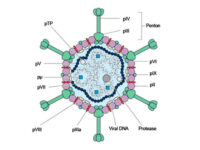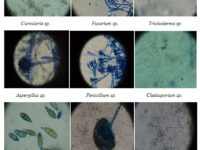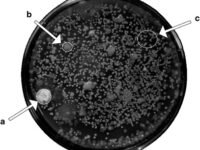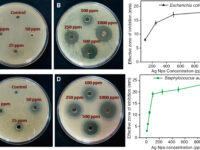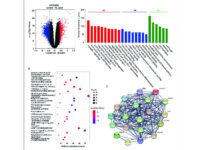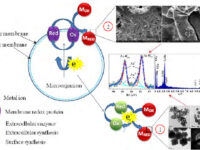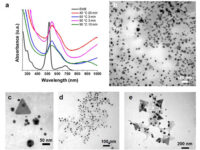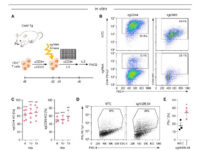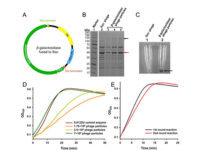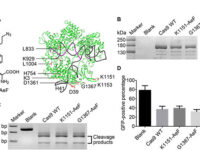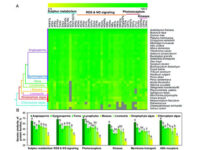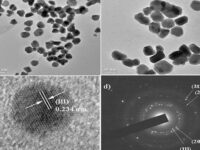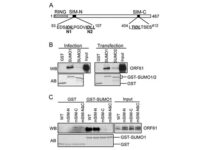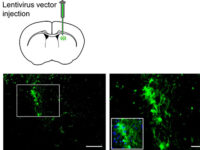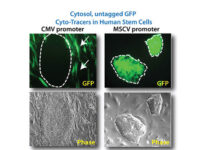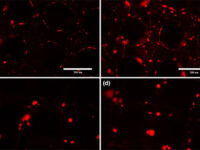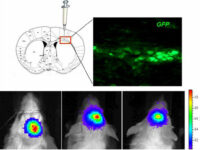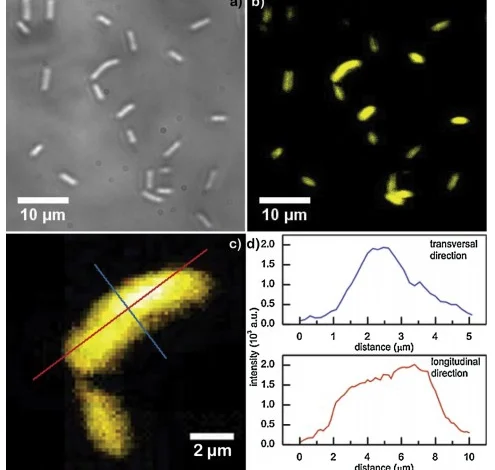
Synthesis and production of all kinds of metal nanoparticles, polymers and nanoemulsions
Some of the nanomaterials produced at the Histogenotek Center

The increasing expansion of nanotechnology in recent decades and the emergence of more applications in newer fields of science indicate the great importance of this science. Nanotechnology is the science of making, investigating and operating nanoscale structures (9-10×1 m) that cause unusual physical, chemical and biological properties and make new and unique applications possible, which has many positive effects on let society
Nanoparticles have wide applications and improve quality in the environmental, pharmaceutical, food, diagnostic and therapeutic industries, cosmetics, agriculture, energy, textile and electronics. Undoubtedly, these materials have more effective and lasting performance compared to non-nano materials. Nanotechnology is expected to open new ways to fight and prevent diseases and pollution using materials and particles on a small and nano scale.
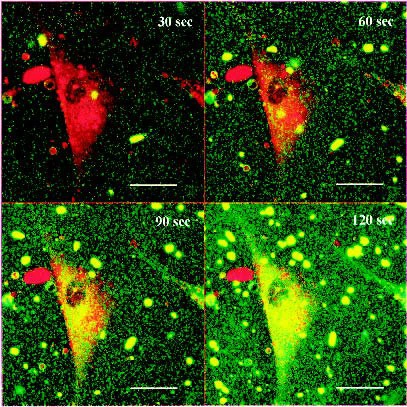
Presenting the synthesis and analysis of various types of nanoparticles in histogenotics
Synthesis of metal nanoparticles
Metal nanoparticles (such as gold, silver, copper, aluminum, etc.) consist of a metallic core made of inorganic metal or metal oxide, typically coated with a layer of organic or inorganic material or metal oxide. These nanoparticles have a wide range of applications in our daily lives. Due to their unique optical, electrical, and magnetic properties, they have become widely used in both research and industrial activities. One of the most significant features of metal nanoparticles is their optical properties, which arise from the phenomenon of surface plasmon resonance. Metal nanoparticles have also enabled the development of new, cost-effective methods for consumer and industrial products such as creams, shampoos, clothing, and plastic containers. The Histogenotech company, utilizing advanced equipment and experienced specialists, provides the capability to produce and analyze these nanomaterials.
Synthesis of Silver Nanoparticles
Silver has long been recognized for its antibacterial properties. Silver nanoparticles exhibit their antibacterial effects by releasing silver ions, affecting bacterial membranes, and ultimately altering their structural morphology, leading to cell death. This property allows silver nanoparticles to combat both aerobic and anaerobic bacteria. As a result, they are widely used in dressings, wound covers, wound ointments, and skin disinfectants. Silver nanoparticles also inhibit viruses by binding to surface glycoproteins, preventing them from attaching to host cells, ultimately leading to their destruction. Other significant applications of silver nanoparticles include drug and gene delivery, use in biosensors for cancer detection, medical imaging, and coating vascular prostheses and intravenous catheters. Pasargad Tissue and Gene (Histogenotech), a knowledge-based company, with extensive experience in the production of various silver nanoparticles, is ready to produce these nanoparticles for specialized researchers in the field.
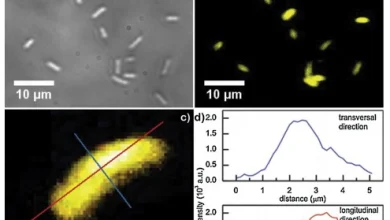
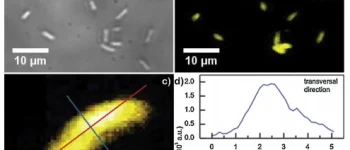
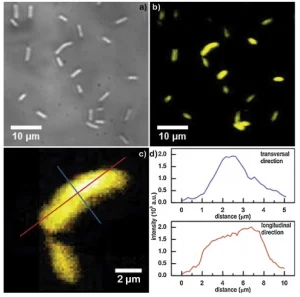

Synthesis of Zinc Nanoparticles
Various types of metal and metal oxide nanoparticles have been used for biomedical and pharmaceutical purposes, with zinc oxide being one of the most widely applied. Previous studies on the antibacterial effects of chemically and biologically synthesized zinc oxide nanoparticles have demonstrated their positive impact in controlling bacterial growth. These nanoparticles, known for their antibacterial and disinfectant properties, are commonly referred to as zinc oxide in the medical field and are widely used. Zinc oxide nanoparticles have a crystalline structure (hexagonal and cubic), with the hexagonal structure being more stable at room temperature and therefore more commonly used in industry. One of the major weaknesses of antibiotics is their tendency to create pathogens with significant antibiotic resistance. However, zinc oxide nanomaterials prevent the development of resistant phenotypes due to their effectiveness against pathogens, eliminating the need for excessive and frequent usage. These materials are highly stable and, due to their biocompatibility, pose no harm to the environment or humans. Histogenotech, with its skilled specialists and advanced technology, offers metal nanoparticle production services for students and researchers.
Synthesis of Iron Nanoparticles
Iron oxide nanoparticles face challenges such as intrinsic instability when exposed to air (oxidation), the body’s inability to metabolize and eliminate them, and the potential for toxicity due to high concentrations of iron ions, which can penetrate mitochondrial and nuclear membranes. To minimize these issues, iron cores are coated with organic or inorganic polymers. This not only enhances the biocompatibility of the particles but also allows the attachment of various ligands, such as antibodies, to their surface. Magnetic cell guidance is achieved by attaching magnetic particles to cells and applying a magnetic field to the target tissue, ensuring that the magnetically attached cells are captured and retained at the target site after injection. Among all magnetic components, superparamagnetic iron oxide nanoparticles (SPIONs) are the most practical option for magnetic targeting.
Iron nanoparticles are essentially tiny micrometer-sized particles of iron, and due to their large surface area, they are highly reactive, quickly oxidizing in the presence of oxygen and water to form free iron ions. Research has shown that iron nanoparticles can be effectively used to treat various forms of land contamination, including soils polluted with polychlorinated biphenyls (PCBs), chlorinated organic solvents, and pesticides. The Histogenotech Nanotechnology Laboratory, equipped with advanced research facilities, is ready to provide services in this field to researchers.
Synthesis of Polymer Nanoparticles
Polymer nanoparticles (NPs) with their diverse properties have created hope for improving the quality of treatment through innovative nanomedicine techniques.
The first generation of polymer nanoparticles included non-biodegradable polymers such as polyacrylamide, polystyrene, and polyacrylates. However, these materials posed challenges due to their lack of biodegradability and accumulation in body tissues, leading to toxicity. Biodegradable polymers (both synthetic and natural) emerged as suitable alternatives, significantly reducing these issues. Synthetic polymers include polylactide (PLA), polycaprolactone (PCL), and polylactide-co-glycolide (PLGA), while natural polymers include chitosan, alginate, gelatin, and albumin.
These nanoparticles range in size from 10 to 300 nanometers. Their varied properties make them a promising solution for treatment via nanomedicine techniques, particularly in addressing cancer, neurological disorders, and cardiovascular diseases. Biocompatible polymers, due to their lower toxicity and capability in drug delivery, have become an ideal alternative to non-biodegradable polymers in nanomedicine.
Histogenotech offers the production of these nanoparticles along with comprehensive specialized analysis.
Synthesis of Alginate Nanoparticles
Alginates are polysaccharides found in brown seaweed, making them the most abundant marine biopolymers and the second most common biopolymers in the world after cellulose. Alginate, in the form of sodium and potassium alginates (ALG), is a bioadhesive material that is widely studied due to its cellular compatibility, biocompatibility, biodegradability, and excellent transport properties. Alginate nanoparticles, when in contact with water, form a sticky gum, making them one of the most commonly used biopolymers in pharmaceuticals. Additionally, the mechanical strength, gelation, and cellular affinity of alginate nanoparticles can be modified by combining them with other polymers.
Histogenotech, with its team of skilled experts, offers the production of these nanocoatings along with comprehensive analysis and certification for researchers and industry professionals.




Synthesis of Zinc Nanoparticles
Various types of metallic and metal oxide nanoparticles have been used to prepare biocompatible nanoparticles for medical and pharmaceutical purposes, with zinc oxide being one of the most commonly used. Previous studies on the antibacterial effects of zinc oxide nanoparticles, both chemical and biological, indicate the positive impact of these nanoparticles in controlling bacterial growth. Therefore, these nanoparticles, known for their antibacterial and disinfectant properties, are widely used in medicine as zinc oxide.
In general, zinc oxide nanoparticles have a crystalline structure (hexagonal and cubic), with the hexagonal structure being more commonly used in industry due to its greater stability at room temperature compared to the cubic structure. The most significant drawback of antibiotics is the emergence of pathogens with high antibiotic resistance. However, zinc oxide nanomaterials, due to their effectiveness against pathogens, help prevent the development of resistant phenotypes, eliminating the need for excessive and daily use. These materials exhibit high stability and, because they are biocompatible, do not pose harm to the environment or humans. Histogenotech, leveraging its skilled specialists and up-to-date technology, offers metal nanoparticle production services for students and researchers.
Synthesis of Iron Nanoparticles
Iron oxide nanoparticles have several disadvantages, such as inherent instability in the presence of air (oxidation) and the body’s inability to metabolize and eliminate them. Consequently, a high concentration of iron ions can penetrate the mitochondrial and nuclear membranes, causing toxicity. To minimize these characteristics, iron cores are coated with organic or inorganic polymers. This not only enhances the biocompatibility of these particles but also allows for the attachment of various ligands, including antibodies, to their surface.
Magnetic guidance of cells is achieved by attaching magnetic particles to cells and applying a magnetic field to the target tissue, allowing the cells attached to magnetic particles to be captured and retained in the target tissue after injection. Among all available magnetic components, superparamagnetic iron oxide nanoparticles (SPIONs) are the most practical option for magnetic targeting. Iron particles at the nanoscale are tiny micrometric particles of iron. Due to their large surface area, they are highly reactive and oxidize rapidly in the presence of oxygen and water, releasing free iron ions. Research has shown that iron nanoparticles can be effectively used for the treatment of various types of soil contamination, including soils contaminated with polychlorinated biphenyls, chlorinated organic solvents, and pesticides. The Histogenotech Nanotechnology Laboratory is equipped with advanced research facilities and is ready to serve researchers in this field.
Synthesis of Nanoemulsions
Nanoemulsion is an important tool in clinical and therapeutic applications. A nanoemulsion is essentially a colloidal particle system formed from two immiscible liquids, such as a mixture of water and oil. Nanoemulsions are also known as microemulsions or very fine emulsions, and they have a size range of 20 to 250 nanometers. Emulsions consist of two immiscible liquid phases, such as water and oil. Nanoemulsions are structures with sizes smaller than 250 nanometers, formed by physically combining two incompatible phases, resulting in significantly reduced sizes.
Nanoemulsions offer many advantages over conventional emulsions, including optical clarity, high kinetic stability, environmental compatibility, biodegradability, large surface area, ease of preparation, and thermodynamic stability. A promising strategy for cancer treatment is the delivery of chemotherapy drugs using targeted drug carriers to tumor tissue, where the use of nanoemulsions can be beneficial. Histogenotech, a knowledge-based company, is fully prepared to produce these types of particles on laboratory, semi-industrial, and industrial scales.
Synthesis of Nanomicelles
Among all nano-sized materials, nanomicelles have a relatively longer history. These compounds are used for the delivery of insoluble substances in a dissolved form. One of the most well-known examples is the delivery of curcumin, which is normally insoluble in water, in a dissolved state. Curcumin has valuable clinical effects; however, its poor absorption, rapid metabolism, and side effects at high doses pose significant limitations to its efficacy in the prevention and treatment of diseases. The Nanotechnology Unit of Histogenotech, with several years of experience in nanoparticle synthesis, has enabled the production of these structures in various sizes with suitable efficacy.


You may find the answer to your question
Frequently Asked Questions by Customers
Stem cells are more resistant to changes in the structure of DNA because the body’s main reserves are in the regeneration of damaged or growing tissues. On the other hand, the membrane of cancer cells and stem cells, with some cell pumps, resist the entry of compounds into the cell. However, due to their high ability to repair, these cells are widely used in biotechnology and can be easily manipulated with new techniques and materials.
Purification of proteins or secretions from bacteria and fungi can be done in several different ways. Purification using some salts such as ammonium sulfate, the use of dialysis bags with different pore sizes based on protein molecular weight, chromatographic columns with different methods can also purify secreted proteins based on how they work including Gel-Filtration Chromatography and Ion-Exchange Chromatography, Affinity Chromatography and High-Pressure Liquid Chromatography.
There are several methods for tracking cells in vivo, based on fluorescent dyes using microscopic imaging. These tracers include BrdU (Bromodeoxyuridine), GFP (Green Fluorescent Protein), Hokhest, CM-DiI. Each of these compounds reacts with different parts of the cell and has a different lifespan and amount of color during cell divisions.
Based on the purpose of a study, gene carriers can be selected from viruses with different genomic structures. These carriers include the vectors Retrovirus, Lentivirus, Adeno virus (AV), Adeno-associated virus (AAV), and Herpes. Each of these vectors is licensed for research or clinical use, and only some of them are licensed for therapeutic use.
The production of organs from one species in the body of another species can be done under the name of chimera species. In other words, some organs of the body such as liver, cartilage, some organs such as earlobes have been successfully produced in animals for human use. Researchers hope to meet the human need for organ transplants by producing human tissues in animals.
Due to structural differences in the DNA and organs of prokaryotic and eukaryotic cells, the production of recombinant products from these cells is different. Thus, due to the high rate of proliferation of prokaryotic cells and the lack of some cellular components, processes such as phosphorylation, acetylation and glycosylation, called post modification, are often not performed. On the other hand, some changes or forms of protein called protein folding are generally not present in prokaryotic secretions.
Production of transgenic products such as transgenic plants has started in Iran several years ago. However, like all modern sciences, it has its critics. The most important criticisms are related to environmental, ecological issues and changes in the human genome and other species that consume these plants. One of the most important benefits of these species is having pest resistance genes, genes resistant to temperature changes and genes that are effective in accelerating the growth and development of these species, which can continue in the body, although there is no special evidence in this regard.
The use of bioinformatics has a tremendous impact on the progress of recognizing effective therapies, diagnosing some diseases, and producing a variety of pharmaceutical products. With the help of this knowledge, it is possible to estimate which receptors have role in the body communicates more strongly or which receptors are inactivates. Accordingly, the role of a drug can be estimated in the treatment process and also can be evaluated the effect of the drug on cell structure.










